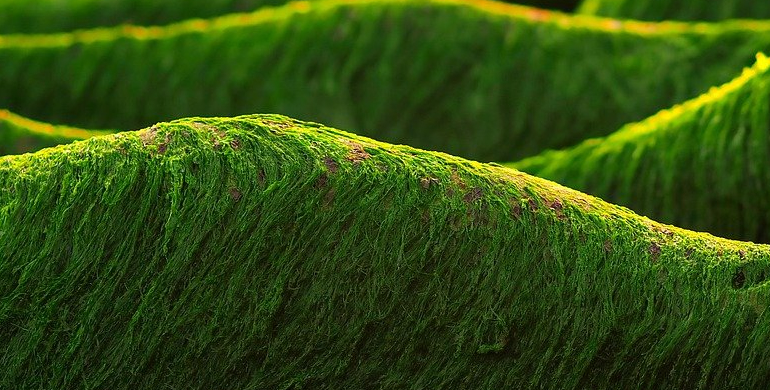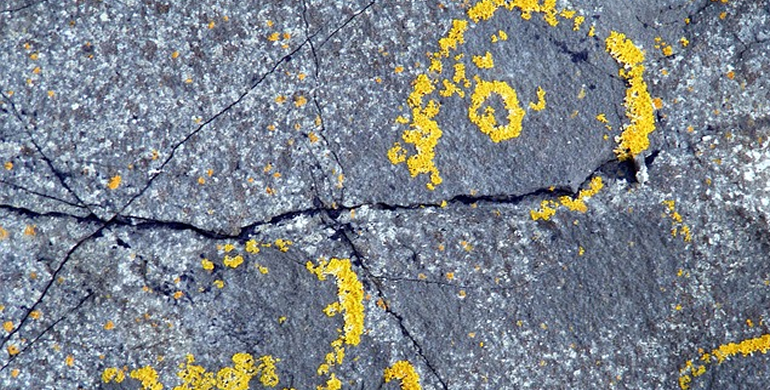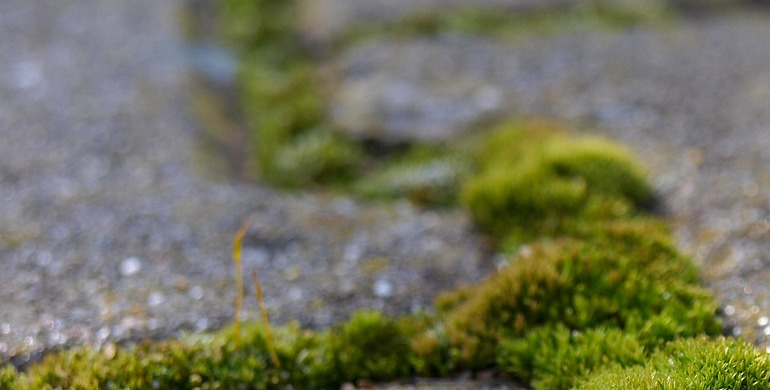Algae is an all too common occurrence on domestic patios and driveways. While most algae is relatively harmless to humans and pets, its growth creates an unsightly green film to form over our block paving, which can quickly become a nuisance. Aside from being an eyesore, algae can also cause paving to become slippery and dangerous. In this article we help you to understand why algae growth is so common and how new growth can be prevented.
What is Algae?
The term algae is uses loosely to describe a variety of non-flowering plant groups made up of many single-celled or multi-celled forms, lesser known as photosynthetic organisms. Seaweed is one of the most common types of algae familiar to people.
What Causes Algae to Grow?
The reason algae growth is so common is because they can grow almost anywhere. Algae is a photosynthetic plant meaning it makes its own food from sunlight and carbon dioxide. Algae also requires a lot of water, which is not a problem for an outdoor patio in the UK. Finally algae also loves damp which might be why you see an excess growth of it in more shaded areas; although algae loves sunlight, it will also thrive in the shade where warmth from the sun can’t evaporate water quickly.

How can I Prevent Algae growth?
Proper Drainage
Algae loves damp, wet areas which is why you’ll see many forms of it growing in the sea (seaweed) and on top of ponds. One of the best ways to prevent reoccurring algae growth is to keep your patio dry. Obviously, keeping your patio dry at all times is near impossible but proper drainage will prevent excess water sitting on top of the surface.
Regular Cleaning
Regular brushing with a stiff nylon brush and soapy water will help to loosen and brush away algae build up. Stubborn or excessive algae will require a more intense treatment.
Treatments
There are many solutions on the market which can be sprayed or poured onto your patio or driveway to prevent algae growth. Before you try any of these solutions make sure they are safe for block paving stones.
Brushing
If algae grows between paving stones, be sure to use a stiff wire bristle brush to clean between the pavers every three to six months. Allowing moss and algae to grow between pavers can move the stones and cause uneven paving.
Algae, Mould or Lichens?

Sometimes it can be difficult to tell the difference between algae and mould, especially if algae is covered in white spores. These spores are actually lichens – a combination of algae and fungi. Algae is relatively harmless while mould spores can be dangerous. Mould also prefers cold, damp areas whereas algae needs sunlight to thrive. You’re not likely to find mould growing in a well lit area. Algae is also a lot easier to remove! Mould can be black or green whereas algae is usually green or reddish brown. Mould usually lays flat and clings to surfaces whereas algae is raised. If you’re unsure of the difference between the two, you may want to call in the help of a professional.



.jpg)







